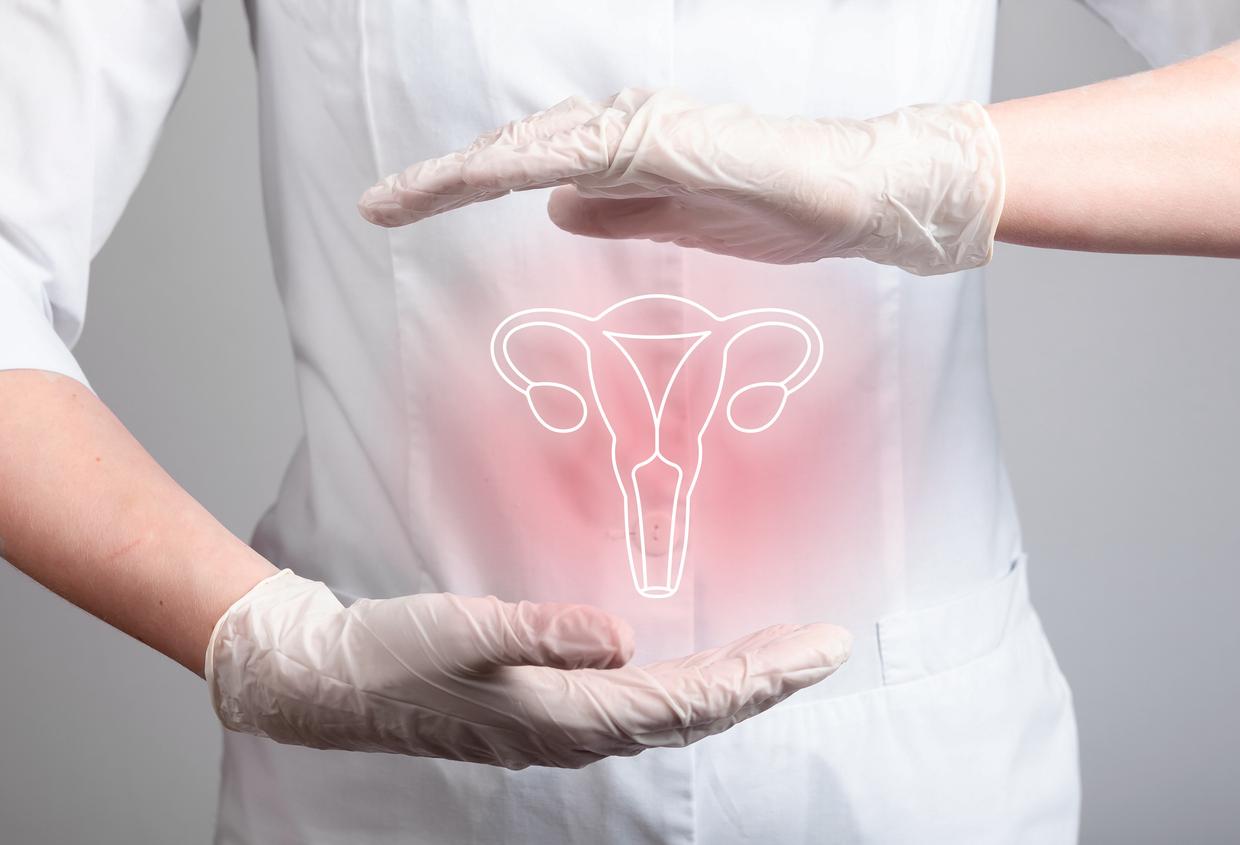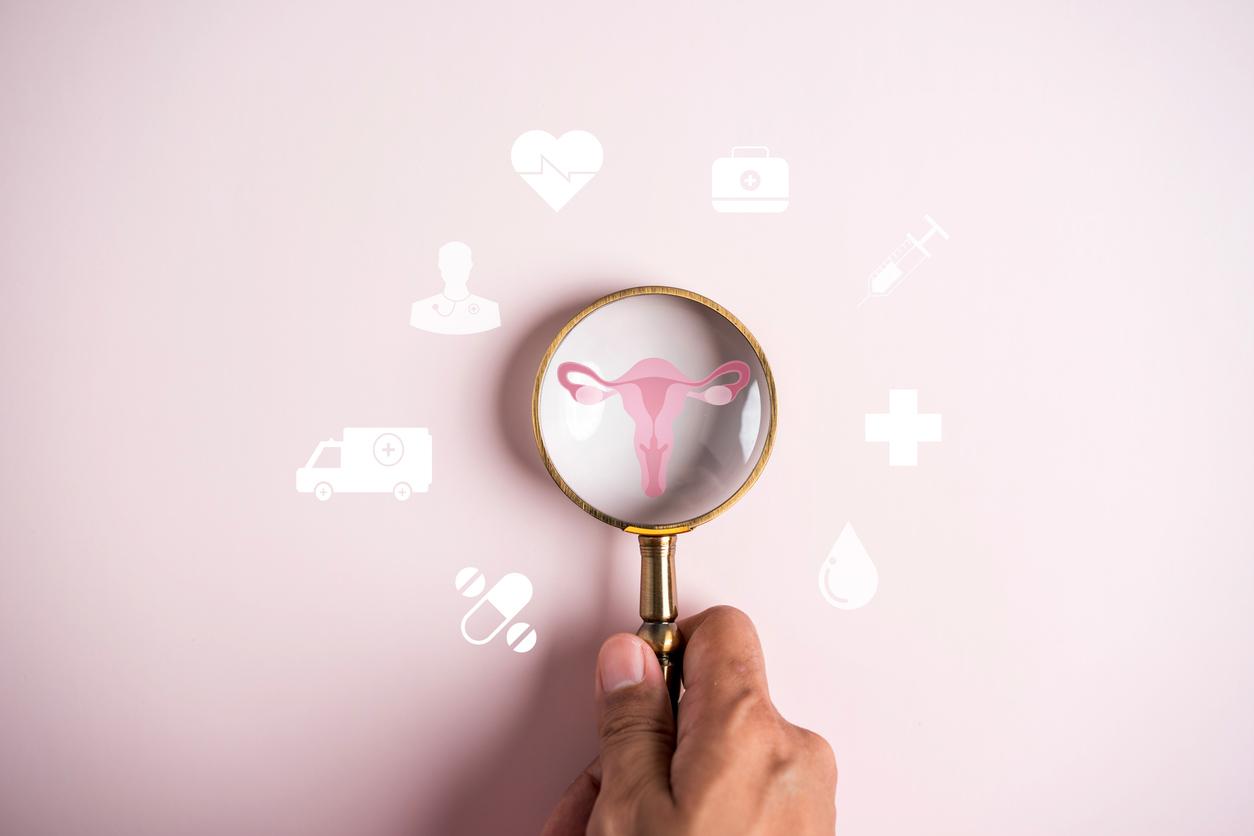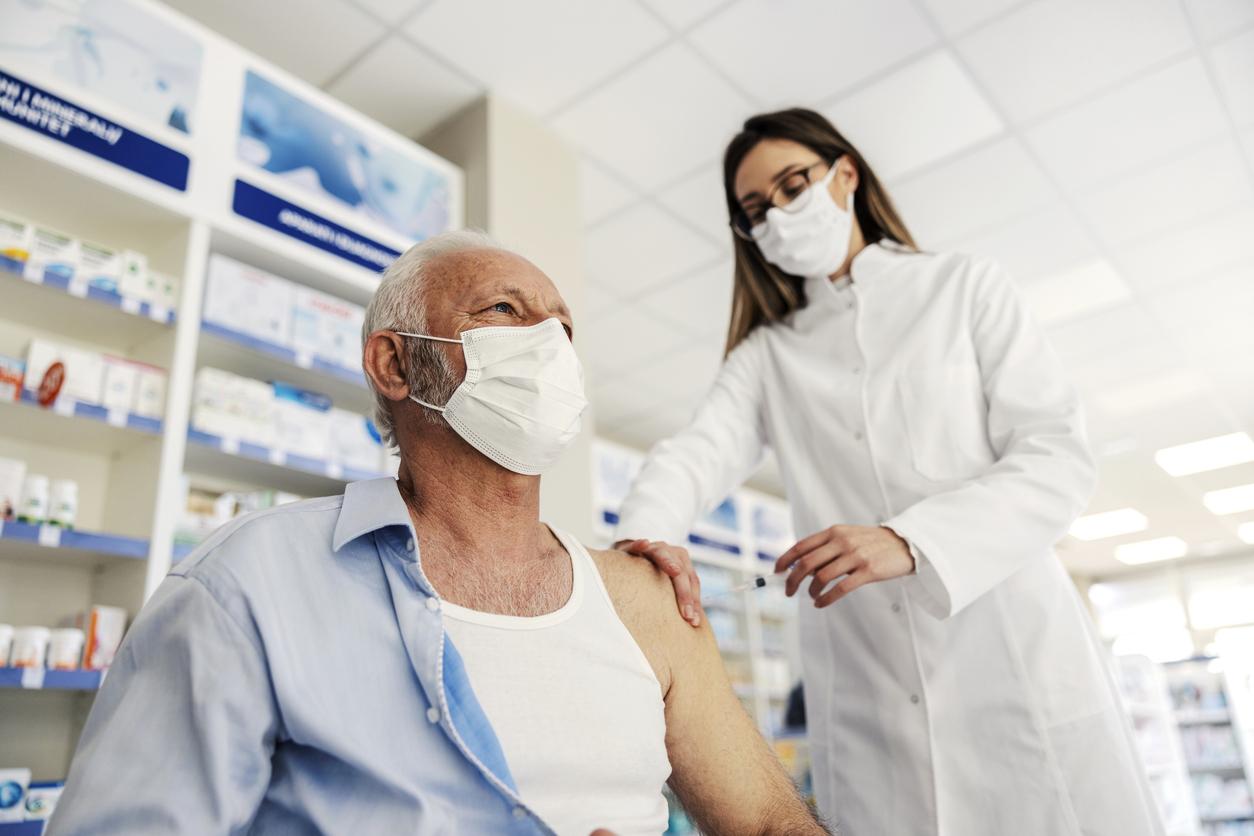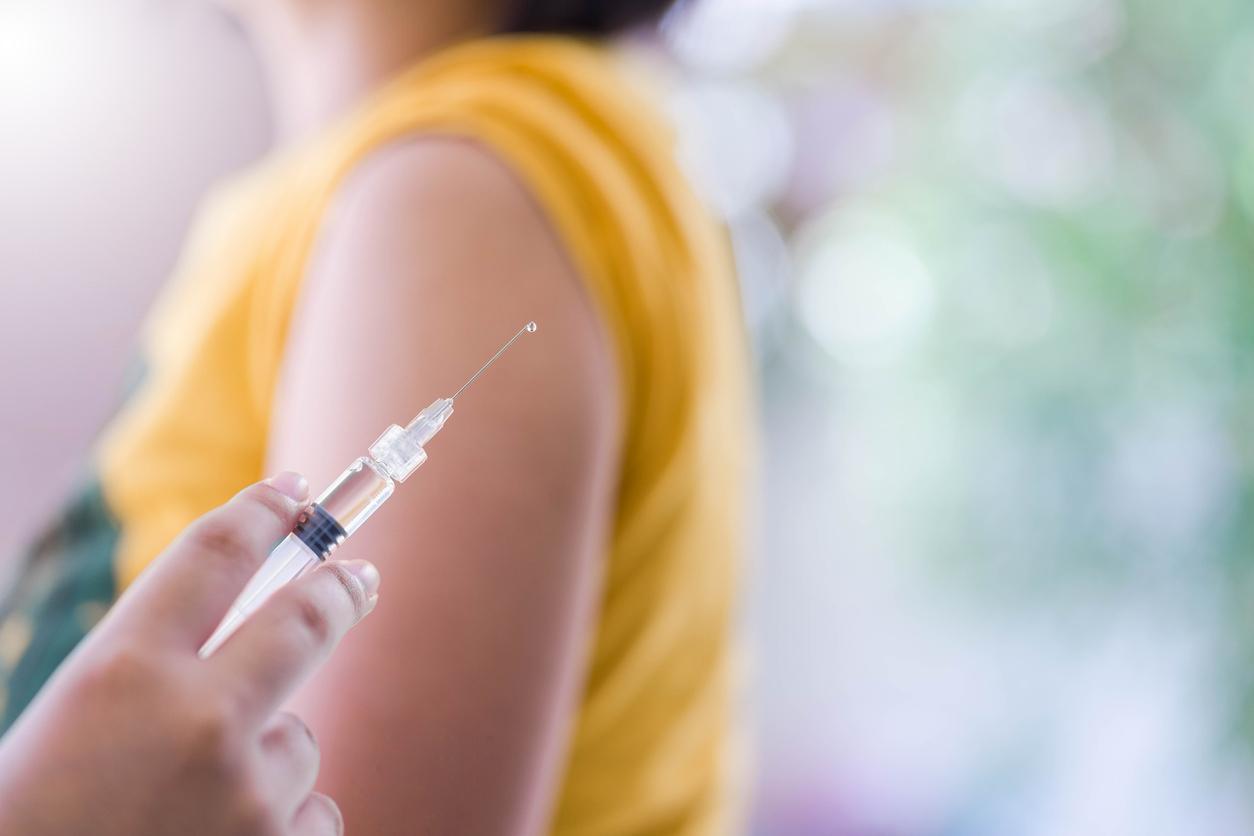According to a major new study, the vaccine against the papillomavirus, however very controversial, would reduce the risks of genital and anal infections as well as precancerous lesions in young people.
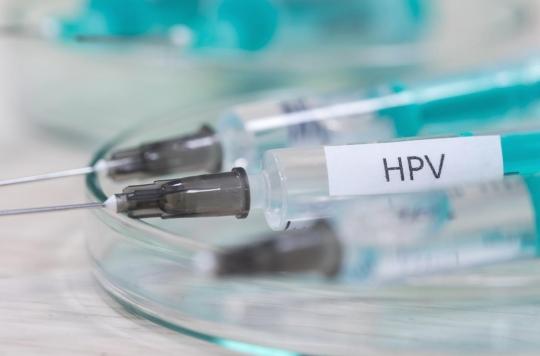
In 2018, 570,000 new cases of cervical cancer were diagnosed worldwide. At the origin of most of these cancers, viruses called human papillomavirus (HPV), which are transmitted during sexual intercourse, with or without penetration, and more particularly during the first years of sexual life.
Still, many people are skeptical about the effectiveness of the HPV vaccine, with some even going so far as to argue it increases the risk of uterine cancer. However, according to a study published in The Lancetthe vaccine would reduce the risk of genital and anal infections as well as precancerous lesions in young women.
100 strains of HPV
According to experts, there are more than 100 strains of HPV and each sexually active person could be temporarily infected at least once in their life. Fortunately, only a few of these strains can cause warts or cancer. The newest vaccine, Gardasil 9, protects against nine of the most dangerous.
During their study, the researchers, Canadian, American, Australian and European, analyzed a dozen studies which, combined, followed 66 million people under the age of 30 living in 14 wealthy countries where the vaccine against the papillomavirus arrived around 2007. Also, among them, most had received older and therefore less effective vaccines which protected them against only two strains of HPV.
Less 51% precancerous lesions of the cervix in vaccinated adolescents
Despite everything, the scientists were able to observe that in countries where the vaccine had been administered for more than five years, the two strains of papillomavirus responsible for 70% of cancers, HPV 16 and 18, had decreased by 83% among adolescents and 66% among women aged 20 to 24. In detail, precancerous lesions of the cervix had decreased by 51% in adolescent girls and 31% in young women (under 24 years old).
Finally, anal and genital warts were 67%, 54%, and 21% less common, respectively, in teenage girls, women 20-24, and women 25-29. Among male teenagers, they were half as numerous and among young men under 24, they had fallen by a third.
At present, the WHO recommends that all girls aged 9 to 14 get vaccinated, but wealthier countries often offer it to both sexes on a wider age scale. And, unsurprisingly, where more people are vaccinated there are fewer HPV infections, the study notes.
Broaden the vaccination coverage of populations in France
In France, human papillomaviruses cause 6,300 cancers each year. In addition to cancers of the cervix (2,900 new cases each year), precancerous lesions (30,000) which can induce an increased risk of premature delivery or miscarriage and genital warts (100,000), HPV are responsible for cancers of the vagina, vulva, penis, anus and ENT cancers such as tumors in the pharynx.
However, according to the Haute Autorité de santé, less than 20% of the target population is to date vaccinated against HPV in France, whereas the 2014-2019 Cancer Plan had set a target of 60%.
This is why, in March, a group bringing together fifty learned societies called for greater mobilization of public authorities for HPV vaccination. Experts warn in particular about the “urgency” to expand the vaccination coverage of populations, to organize effective screening by generalizing the use of HPV tests, but above all to “launch universal and reimbursed vaccination, without distinction of sex or risk, to protect girls and boys, reduce inequalities and participate, with other countries, in the elimination of HPV-induced cancers”.

.







